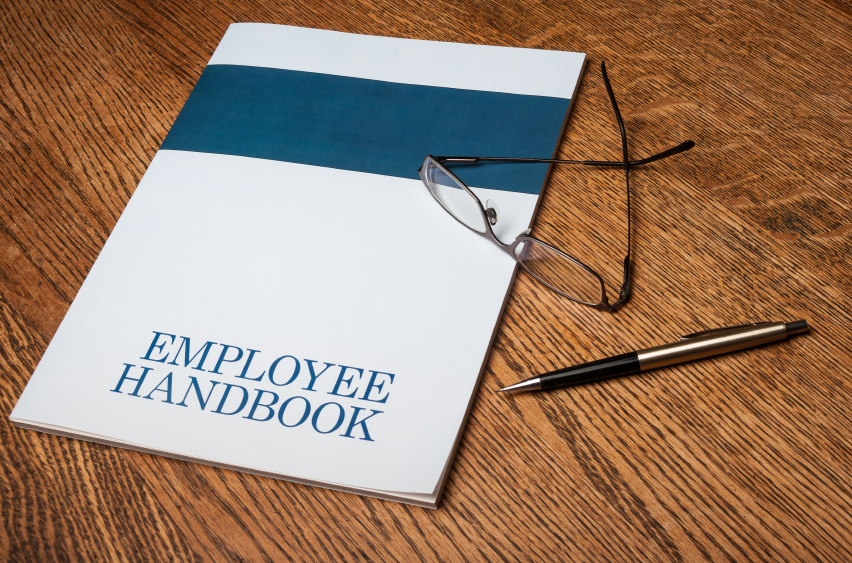Ahhhh—feel the ocean breeze blowing through your hair, your toes digging into the sand, and the cool drink in your hand. Your computer is nowhere in sight. That’s right, you’re on vacation!
As an employee, taking time off is important. It keeps you focused, gives you a break and lets you spend some quality time with your family or friends. As a company, administering a paid time off (PTO) policy is also important, and much less relaxing than taking the time off.
With traditional PTO and sick time plans, your company is trying define and limit the liability of paying an employee for time they didn’t work. Sounds simple.
But how do you keep track of it all? Without a streamlined system it can be easy to miscalculate PTO for your employees. Miscalculations mean lost money for your company. According to a 2010 survey by Kronos conducted with Mercer, poorly planned absences cost U.S. organizations over 8% of their payroll each year.
What can your business do to effectively manage PTO?
Maybe you’ve seen that some companies offer unlimited vacation days, or an “open” vacation policy. This may be an option for some companies, but it requires a high level of trust and accountability between employees and managers, and would still require planning for coverage of the absent employee. It also brings into question state requirements about reimbursement for unused PTO if an employee were to leave a company. This clearly isn’t a solution for everyone.
A better option is to look to a professional employer organization (PEO) to outsource human resource (HR) functions, including management of PTO.
Online HR Portal Available 24/7
If you’re nervous that outsourcing HR functions like PTO means you have less control over your business, you’re not alone. In reality, though, the opposite is true. GMS actually gives you stronger control.
How? We store all the information that you and your employees need so you can have a centralized place to measure, track and review critical HR information 24 hours a day, including, but not limited to:
- Time off requests
- Performance reviews
- Job descriptions
- Employee handbooks
- Company communication










